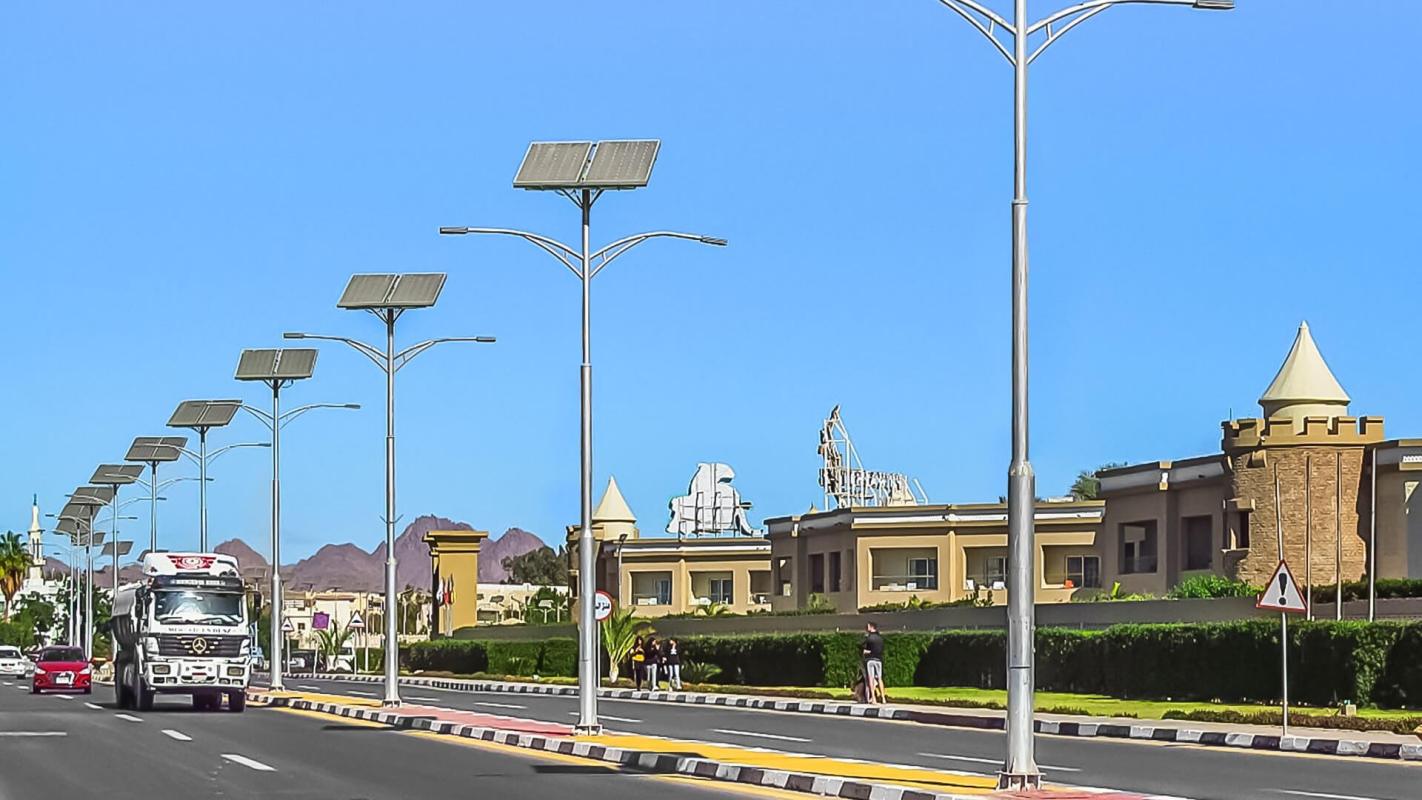A sustainability project is aiming to transform roadside fields into a haven for harnessing solar energy.
The team at Ray C. Anderson Foundation saw the green spaces that run alongside the highway as the perfect opportunity for their sustainability project. Now, a solar farm with 2,600 panels soak up the sun on a stretch of highway in West Georgia.
The five-acre site is a triangular area of land where an exit ramp meets the road. It used to be a barren, unused space. The team has transformed it to provide enough power for more than 100 homes.
"What it is today is a field of clean, green energy," said Allie Kelly, the Ray's Foundation executive director. Not only does the space harness solar energy, but the panels stand higher than normal ones so wildflowers can also grow.
Alongside the project, the foundation teamed up with mapping company, ESRI, to develop a free digital tool to help transportation departments recognize potential solar projects in their areas. It works by identifying land where solar would work best, allowing planners to make a virtual mock-up of the solar installation so that it doesn't block a view or sit too close to the highway.
Eddie Lukemire of the Maryland Department of Transportation's office of environment commented on the usefulness of the tool, as not all land can host solar panels. The land might be rocky or filled with trees, but the digital tool can virtually map the potential for solar panels.
"When you look at 3,000 rows in an Excel spreadsheet, and then you uncross your eyes, those are just numbers. I don't have a column that says, are there trees on that parcel," said Lukemire of the 3,000 parcels of land in his state. "It's really cool to be able to put that jumble of numbers into a program and have an output that is understandable by me, you, anyone."
The Ray estimates there are more than 52,000 acres of empty roadside in the U.S. that could hold solar panels which could generate enough energy to power 12 million electric vehicles.
By turning our attention to renewable energy sources, we are choosing to rely on accessible energy that has very little impact on the world around us, reducing the emission of harmful gases which contribute to Earth's rising temperatures.
Join our free newsletter for cool news and actionable info that makes it easy to help yourself while helping the planet.









